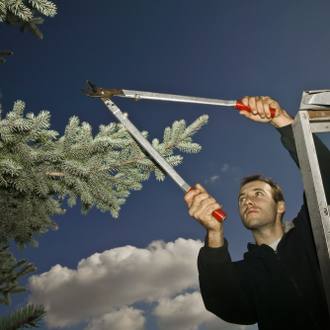When is the best time to prune and cut your tree?
Index
Pruning is the most common tree maintenance procedure, and although indigenous forest trees manage fine with only nature’s pruning, garden trees require a higher level of care to keep their safety and aesthetics. But you need to get the timing right, and you should consult an arborist – a tree doctor – to find out when that is.

Most routine pruning to remove weak, diseased, or dead limbs can be accomplished at any time with little effect on the tree, although winter is the best time to do a total tree removal. As a rule, growth is maximized and wound closure is fastest if pruning takes place before the spring growth flush. Some trees, such as Spotted Gums and Blood Woods, tend to bleed if pruned early in the spring. It may be unsightly, but it is of little concern to the tree.
Heavy pruning just after the spring growth should be avoided. At that time, trees have just expended a great deal of energy to produce foliage and early shoot growth. Removal of a large percentage of foliage at that time can stress the tree. Major tree surgery, tree felling, chainsaw work and any pruning which is substantial, high, inaccessible, or requires a ladder, should be done by a qualified and registered arborist, both for your own safety and also for the long-term health of your tree.
Tree cutting and/or pruning requires the expert knowledge of your local arborist, who will be able to advise you when and when not to perform certain tasks. You may also be about to cut down a protected native species without knowing it, so an arborist may also stop you from getting a fine from the council!
